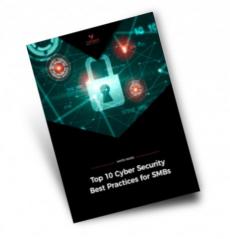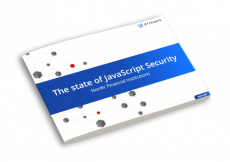Top ten reasons to achieve Data Access Governance
You've got nearly all the pieces in place - you've implemented enterprise user provisioning, password management and have secured your organization's data. However, most days you still feel that sensitive data, such as IP or customer information, is at risk for a data breach. It's time to let a secure Data Governance strategy protect your sensitive data and reduce risk. Why, you ask? Take a look at this e-Book to learn ten reasons why.







